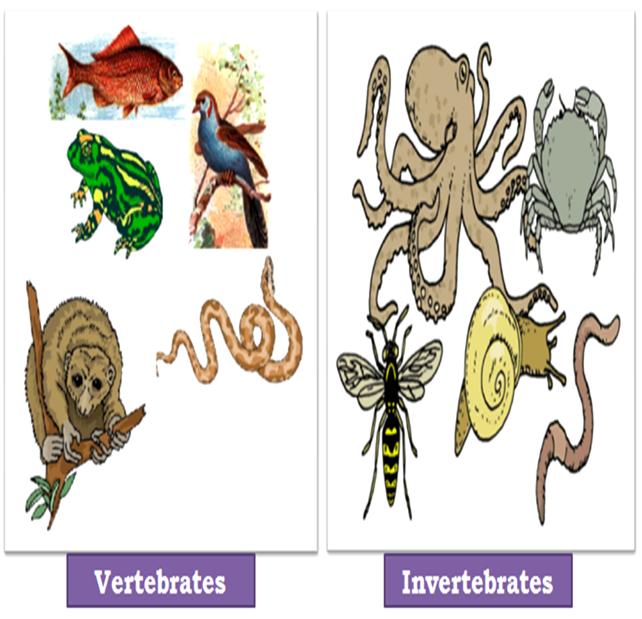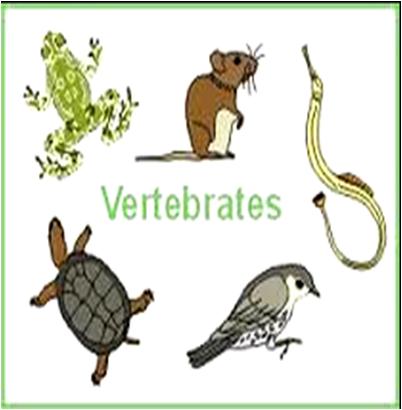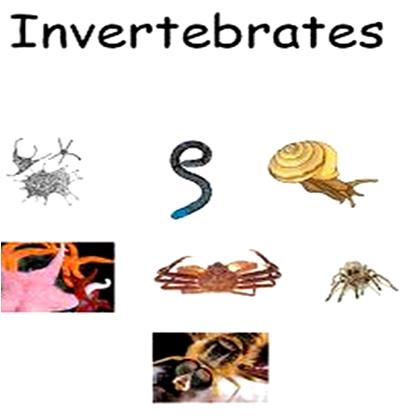Difference Between Vertebrates and Invertebrates

All animals are classified into two major groups known as “Vertebrates” and “Invertebrates.” These main groups of animals are minutely separated in diverse groups and sub-groups. Before going into the depth of these two major groups, animals are simply differentiated on the basis of a very simple principle, i.e. “whether the animal have backbone or not?”
This single criterion paves a way to place the animal species in one of the two groups. It is important for everyone, especially the science and zoology students, to differentiate between vertebrates and invertebrates.
Animals with proper body posture belong to vertebrate group. They are ones with a hard internal skeleton, known as endoskeleton. They are grouped under sub-phylum vertebra, which is further grouped with the phylum chordate. The endoskeleton of the vertebrates is made up of “inner column of vertebrae.” They form the most highly developed creatures on the earth. Most of the animals in the vertebrate groups possess quick-witted nervous system that makes them smarter than rest of the fauna.
Proper body segmentation, bilateral symmetry, closed blood system, advanced digestive system, protective cellular skin, tail, ventral heart and cartilaginous or bony endoskeleton are some of the main characteristics of vertebrates. Although vertebrates represent only two percent (approximately 57,739) of animals around the globe, their complex size and mobility habitually allow them to take over their environment. The five main groups of vertebrates include, fish, amphibians, reptiles, birds, and mammals. Humans, parrots, dogs, rabbits, hens etc are examples of vertebrates.
Invertebrate animals, on the other hand, are the ones with flexible body as they do not possess backbone. Unlike vertebrates, they do not belong to a single sub-phylum. Invertebrates are multi-cellular (consisting of more than one cell) organisms, belonging to a large animal group. About 98% (about 2 million) of animal species in the world are invertebrates. Most of the invertebrate animals reproduce themselves through “sexual reproduction.” They do not possess cell walls. Majority of invertebrates have tissues and can move on their own, apart from the sponges. They are heterotrophic, feeding on animals and plants. Protozoa, Porifera, Cnidaria, Platyhelminthes, Nemathelminthes, Annelida, Arthropoda, Mollusca and Echinodermata are the nine major categories of invertebrates.
Instructions
-
1
Vertebrates
Animals with backbone (vertebral column) are called as vertebrates. At present around 64,000 species with vertebral column are described in the field of zoology.
Image Courtesy: oum.ox.ac.uk
-
2
Invertebrates
Animal species without backbone (vertebral column) are known as invertebrates. They are slow moving animals and are classified into 30 phyla.
Image Courtesy: learningenglish-esl.blogspot.com


